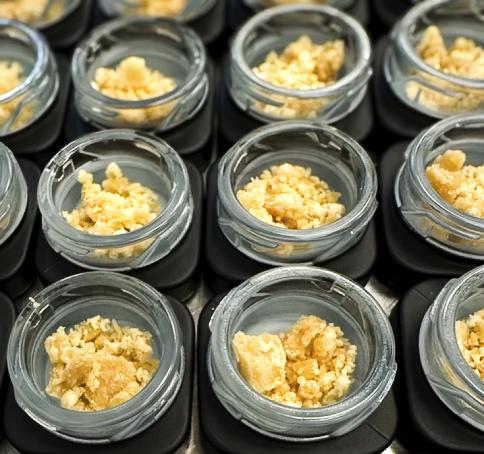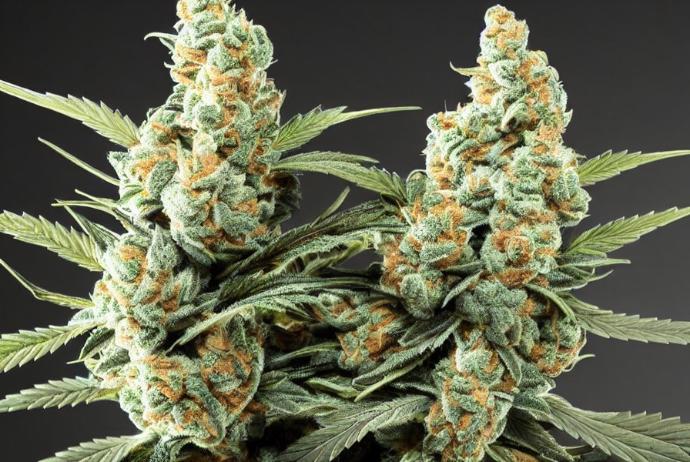Delta-3-carene, a bicyclic monoterpene, is distinguished by its sweet and pungent aroma that is reminiscent of cypress wood and lemon. Known for its presence in various essential oils, this compound is celebrated not only for its distinctive scent but also for its effectiveness in various applications ranging from aromatherapy to the manufacturing of cosmetics and cleaning products.
Historical Insights into Delta-3-Carene
Discovery and Traditional Uses
The history of delta-3-carene dates back to its discovery in turpentine, which was distilled from pine trees. Traditionally, turpentine was used as a remedy for a range of ailments, from respiratory issues to skin conditions, though delta-3-carene's specific role was not identified until much later. Indigenous cultures recognized the value of pine resin and its derivatives long before the chemical constituents were analyzed, using them extensively in traditional medicine and rituals.
Evolution into Commercial Use
With advancements in chemical analysis, delta-3-carene was identified and isolated, leading to an increased understanding of its properties and potential applications. Over the years, it has been utilized in the production of perfumes, flavoring agents, and industrial solvents, taking advantage of its strong, penetrating aroma and solvent capabilities. Its role in the commercial sector expanded as it became a key ingredient in the synthesis of polymers and resins.
Natural Sources of Delta-3-Carene
Contributions to Scents and Flavors
Delta-3-carene is renowned for adding a refreshing, clean scent to the air, reminiscent of a forest after rain. This terpene is not just about pleasant smells; it also plays a role in the flavor profiles of certain herbs and spices, adding depth and richness that enhance culinary experiences.
Ecological Roles and Key Sources
- Pine Trees: Contributes to the distinctive resinous aroma.
- Cedar: Adds to the woody, warm scents typical of cedar wood.
- Rosemary: Enhances the strong, aromatic profile of the herb.
- Basil: Provides a slight sweetness to the overall pungent herb scent.
- Cypress: Integral to the fresh, clean aroma of cypress oil.
These sources highlight delta-3-carene's importance in nature, possibly serving functions from deterring herbivorous pests to protecting plants from fungal infections.
Current Perspectives on Delta-3-Carene
Recent Research and Consumer Products
Recent studies have focused on understanding the broader applications of delta-3-carene, particularly its potential in creating bio-based chemicals and materials. While direct medical benefits are not claimed, its use in aromatherapy is valued for promoting relaxation and mental clarity. In consumer markets, delta-3-carene is a staple in eco-friendly cleaning products, air fresheners, and insect repellents, appreciated for its effectiveness and natural origins.

Extraction and Synthesis Techniques
The primary method for obtaining delta-3-carene is through the distillation of resinous plant materials, particularly from coniferous trees. Advances in extraction technology, such as supercritical fluid extraction, have improved the efficiency and purity of this process. Synthetically, delta-3-carene can be produced through chemical reactions involving other naturally derived terpenes, though this is less common due to higher costs and complexity.
Future Implications for Delta-3-Carene
Innovations in Extraction and Ethical Considerations
Innovation in the extraction and synthesis of delta-3-carene is anticipated to focus on enhancing sustainability and reducing environmental impact. As the demand for natural and environmentally friendly products increases, ethical sourcing and production methods will become increasingly important, ensuring that natural habitats are not adversely affected.
Market Growth and Potential
The market for delta-3-carene is expected to grow, driven by its applications in green chemistry and sustainable products. Its role in developing bio-based polymers and resins, particularly in industries moving away from petroleum-based materials, showcases its potential for substantial market expansion.
Conclusion: The Vibrant Role of Delta-3-Carene
Delta-3-carene encapsulates the essence of nature's utility and beauty, bridging traditional uses with modern applications. Its journey from a component of pine resin to a valuable commercial ingredient underscores the cultural and holistic significance of natural compounds. As research and innovation continue to uncover new uses and methods for sustainable production, delta-3-carene stands poised to play an increasingly important role in our quest for natural and effective solutions in various industries.























